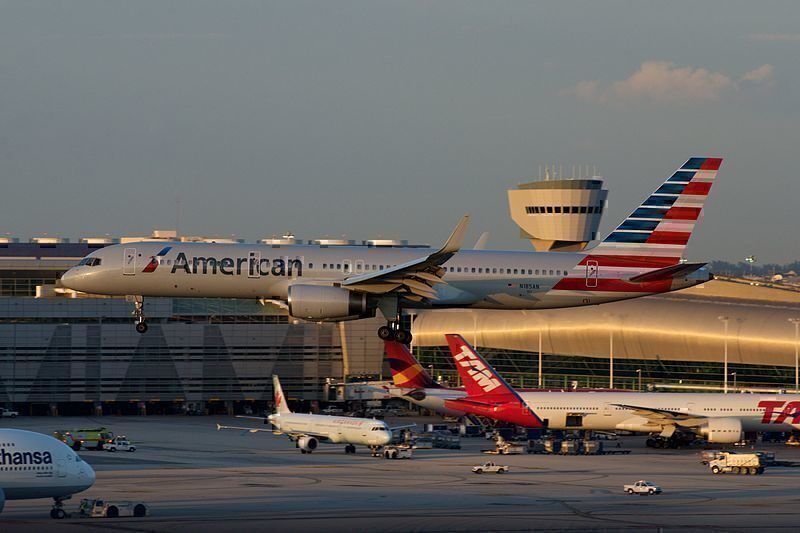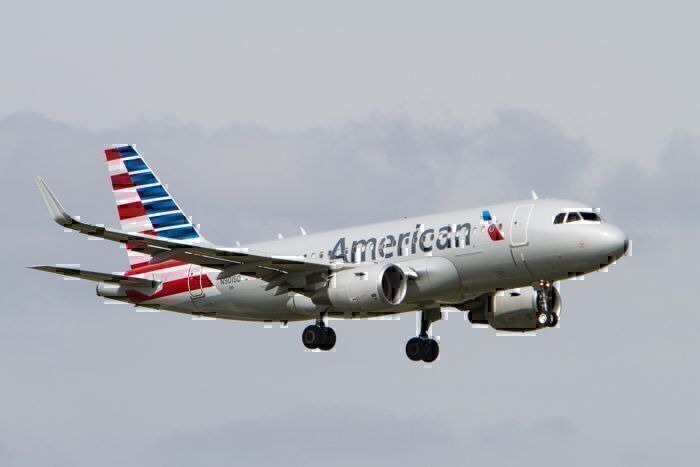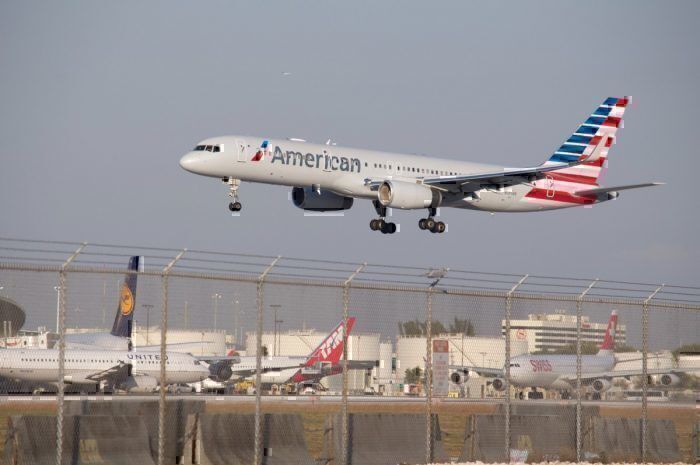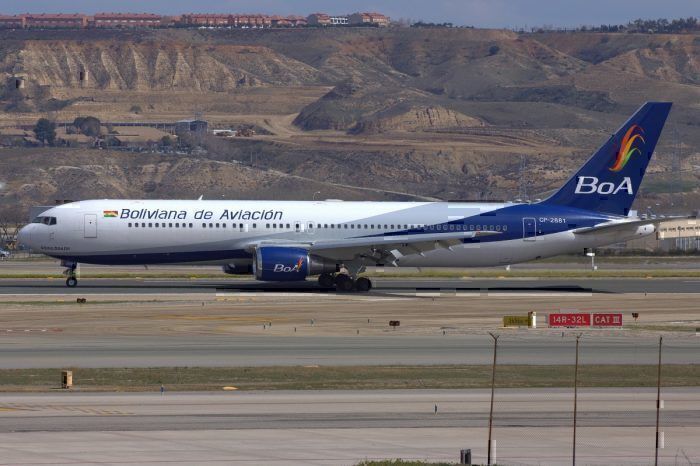American Airlines is to end the last route to Bolivia from the US starting on November 28th, 2019.
After 29 years of flying from Miami to Santa Cruz, American Airlines have pulled the plug on yet another Latin American route.
Known for being the country where Butch Cassidy and the Sundance Kid met their untimely end, Bolivia is South America’s poorest country with the highest number of indigenous people. Bolivia's left-leaning Socialist President Evo Morales has been promising to share the country’s vast natural gas reserves and mineral deposits with the people.
This rhetoric has Bolivia’s privileged few packing up and heading to South Florida, where they know their money will be safe. These movers and shakers of Bolivian society were, for American Airlines, the reason they kept their Bolivian route going for so many years.
American's move comes after canceling La Paz flight last year
Yesterday’s news that the last American Airline flying to Bolivia was about to stop the service should have come as no surprise after American canceled its one unique inter-Bolivia flight between Santa Cruz and La Paz in July last year.
At the time, One Mile at a Time called it the only American Airlines route that that did not either take off or land in the United States.
American Airlines dropping Bolivia has travel agents baffled
Now left with only the national airline, Boliviana de Aviacion, flying to the United States, there will be no competition on the Santa Cruz-Miami route.
Roberto Cornejo, an American Airlines sales channel specialist, confirmed American was dropping flights to Bolivia telling El Deber: "American Airlines will operate until November 27 in Bolivia." When pressed, he had no answer as to why American would stop flying to the landlocked nation.
Some hours earlier Bolivian travel agencies shared a statement from American Airlines senior vice president of International and Cargo Jim Butler which read: “As part of the constant evaluation of our network, we have decided to end our service to Santa Cruz, Bolivia (VVI), which will be effective on November 27. Our service currently operates three times a week from Miami, with increases in the high-season.”
The AA executive elaborated explaining that it was a difficult decision.
"We are working closely with the more than 25 members of our team who have been impacted by this cancellation," he added.
Marcelo Soria, director of the Bolivian Airlines Association (ALA), declined to refer to the issue of American Airlines saying: “It is commercial information that must be answered by the mentioned airline and not by the ALA.”
While baffled by American’s decision to end the route, several travel agents believe it will not have much of an effect as the flights were operating at a low capacity.
"It does not affect much, because people no longer asked for AA service because of the low level of flights," said Gabriela Villegas, commercial manager of Tiluchi Tours.
You will still be able to fly from Bolivia to Miami
Once American drops the route in November, you will still be able to fly from Miami (MIA) to Santa Cruz (VVI) on Boliviana de Aviacion.
Alternatively, you can fly to Lima, Panama, and Bogotá and make a connection to Miami.
Simple Flying contacted American Airlines to ask why after 29 years they had decided to stop flying to Bolivia.
The airline wrote back saying: “American has proudly served Bolivia for 29 years. As part of the constant evaluation of our network, we have made the difficult decision to cancel our service to Santa Cruz (VVI) effective Nov. 27. We currently operate this service three times per week from our Miami hub, increasing to daily during high season. American Airlines continually evaluates its network, looking at supply and demand for each route we serve. We want to ensure our fleet and crews are serving routes that are profitable, better positioning us for long term success against global competition.”




